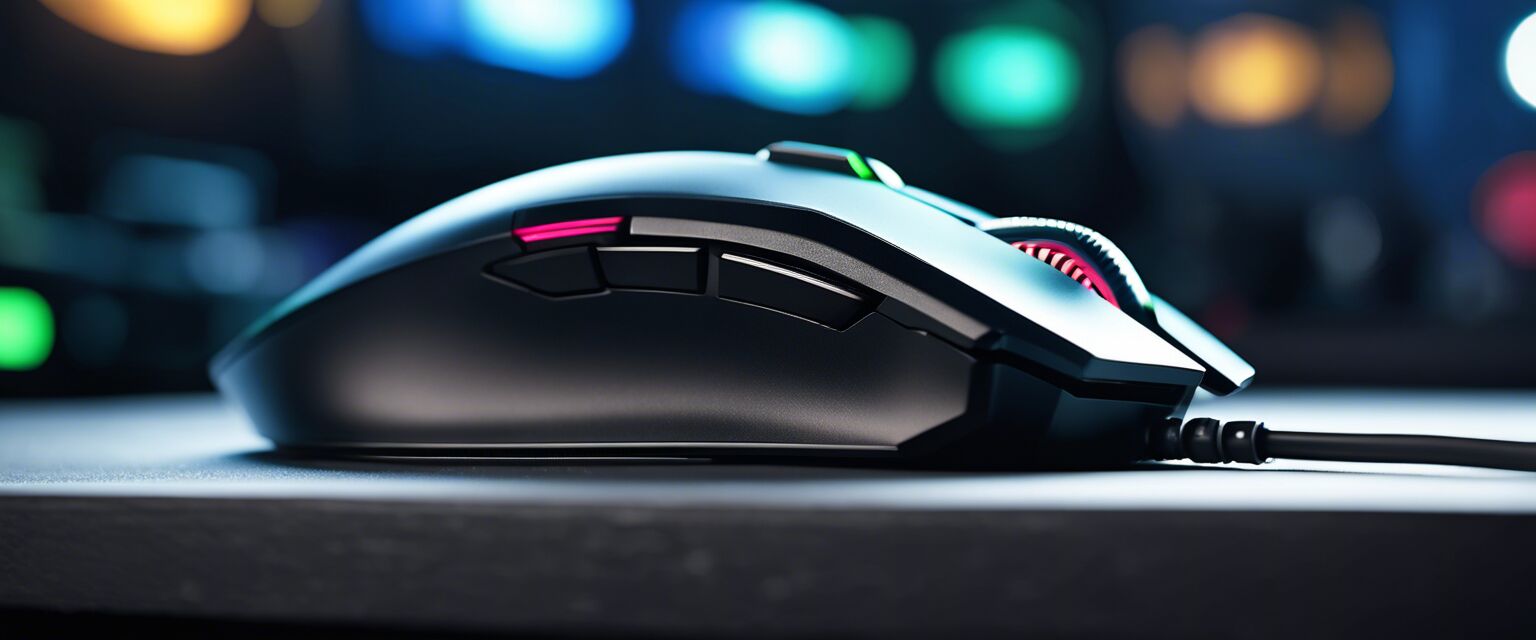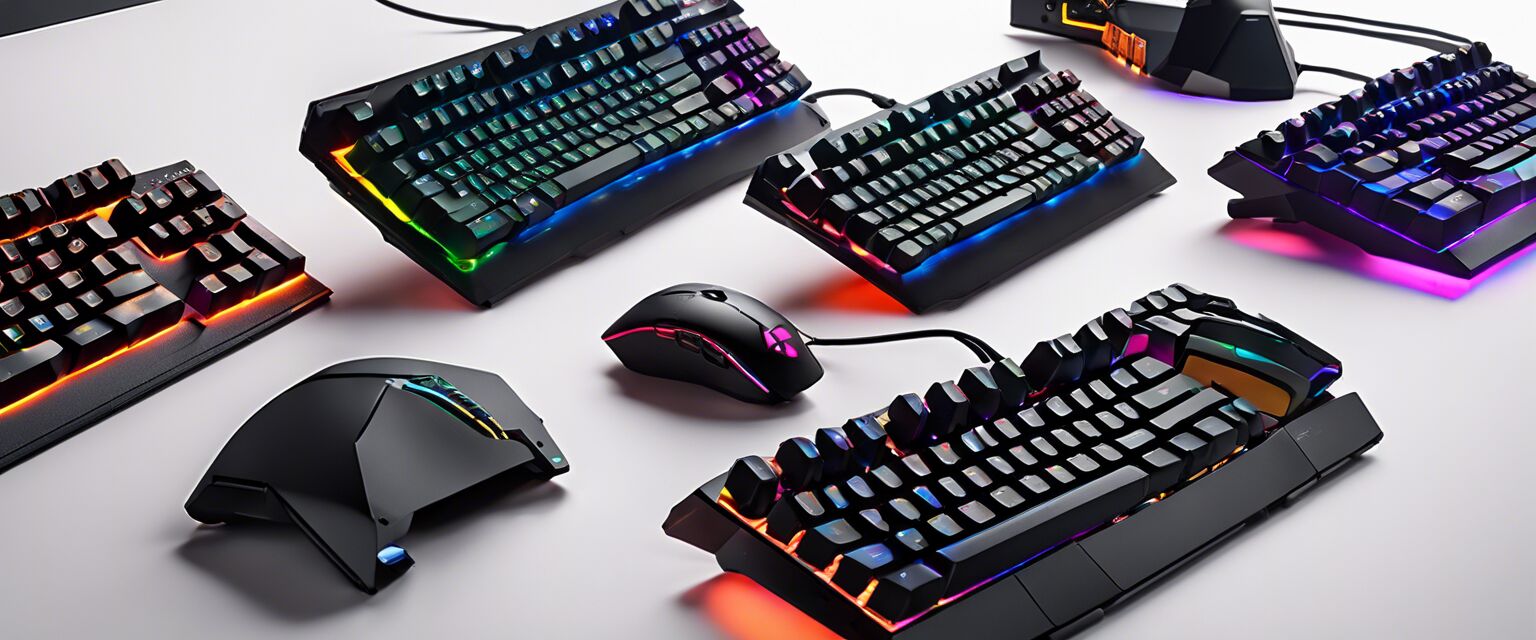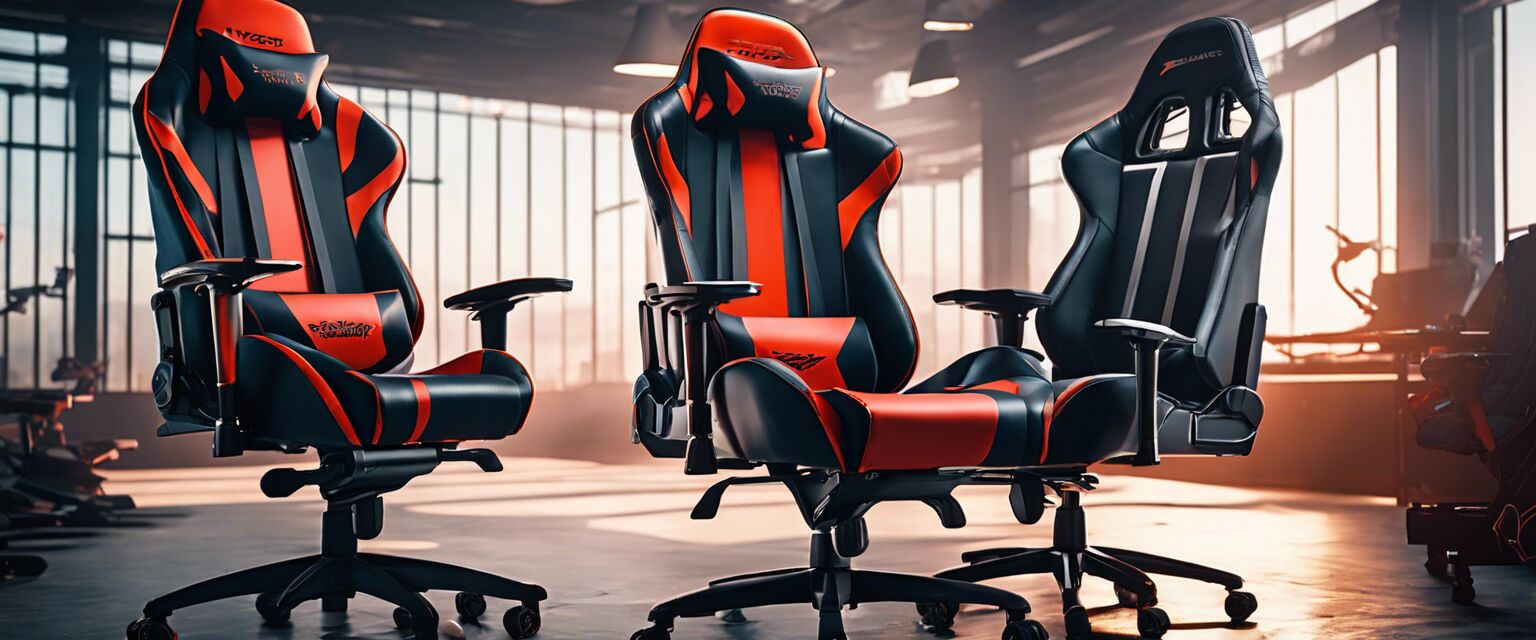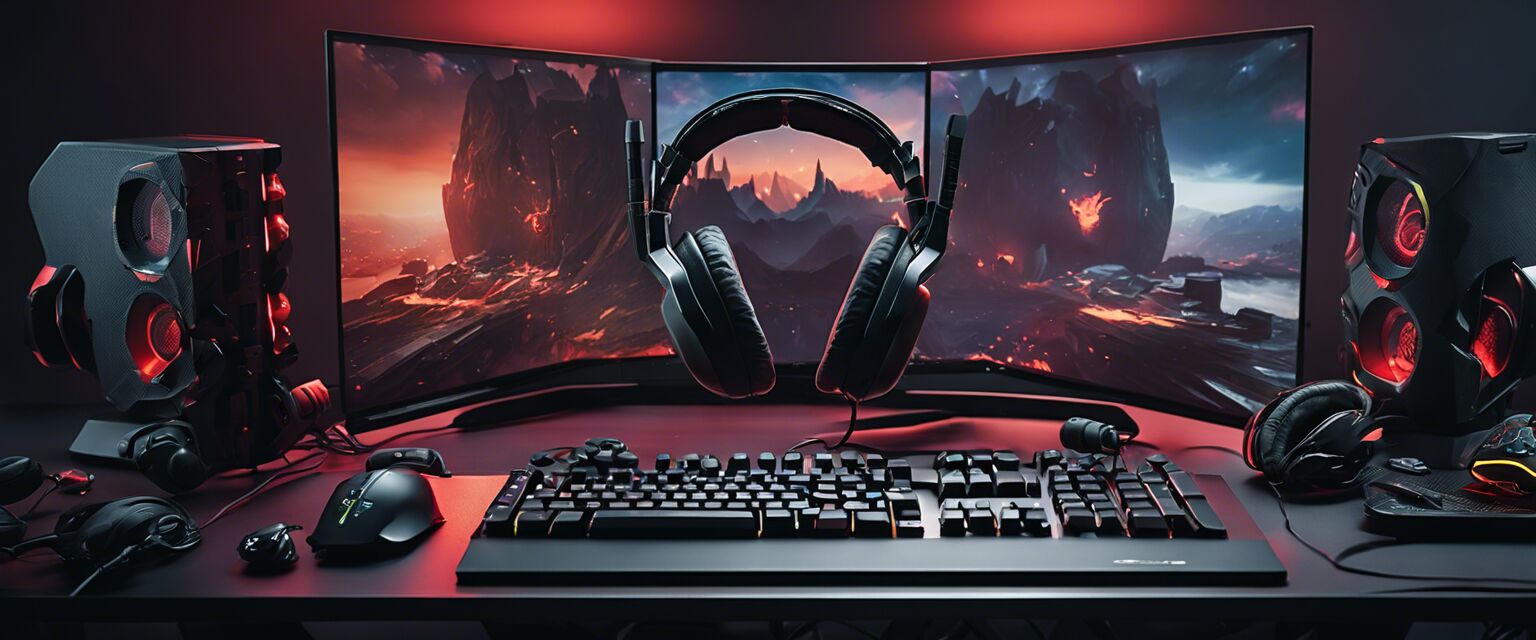
Graphics Cards: Your Guide to Gaming Performance
Key Takeaways
- Graphics cards are essential for high-quality gaming.
- Consider performance, memory, and cooling in your selection.
- Compatibility with your system is crucial.
- Top brands include NVIDIA and AMD.
- Regular updates and overclocking can improve performance.
Graphics cards play a vital role in the gaming experience, acting as the powerhouse for rendering graphics and ensuring a smooth gameplay experience. This guide will walk you through everything you need to know about selecting the best graphics card for your gaming needs.
Understanding Graphics Cards
A graphics card, also known as a video card or GPU (Graphics Processing Unit), is a specialized hardware component in computers that accelerates the creation of images, animations, and video. In gaming, a powerful graphics card ensures that you can play the latest titles with high frame rates and stunning visuals.
How Graphics Cards Work
Graphics cards process data and convert it into images that are displayed on your monitor. They take the information from the CPU and create the visual output, which is why a fast GPU is essential for gaming.

Choosing the Right Graphics Card
When selecting a graphics card, consider the following factors:
- Performance: Look at benchmarks and reviews to gauge how well the card performs in games.
- Memory: A card with more VRAM can handle higher resolutions and textures better.
- Cooling System: Efficient cooling is crucial to keep the card running optimally.
- Compatibility: Ensure the card fits within your case and is compatible with your motherboard.
Types of Graphics Cards
| Type | Description | Best For |
|---|---|---|
| Integrated Graphics | Built into the CPU, suitable for basic tasks. | Casual gaming and everyday use. |
| Dedicated Graphics Cards | Standalone cards with their own memory, designed for gaming. | High-performance gaming and graphics-intensive applications. |
Top Brands
The two leading brands in the graphics card market are NVIDIA and AMD. Here's a quick comparison:
| Brand | Strengths | Weaknesses |
|---|---|---|
| NVIDIA | Strong performance in ray tracing, excellent driver support. | Generally more expensive than AMD. |
| AMD | Great value for money, good performance at lower price points. | Ray tracing performance lags behind NVIDIA. |
Performance Benchmarks
Before purchasing, it's wise to check performance benchmarks. These tests show how different cards perform across various games. Here are some popular benchmarks:
- 3DMark Time Spy
- Cinebench R23
- Unigine Heaven
Installation Tips
Installing a graphics card can be straightforward. Here are some tips to ensure a smooth installation:
Beginners Section
- Turn off your computer and unplug it from power.
- Open the case and locate the PCIe slot.
- Carefully insert the graphics card into the slot.
- Connect any necessary power cables.
- Close the case and power on your computer.

Common Issues
Even with the best graphics cards, issues can arise. Here are common problems and solutions:
- Overheating: Ensure proper ventilation and consider upgrading your cooling system.
- Driver Issues: Regularly update your graphics drivers for optimal performance.
- Compatibility Problems: Always check your motherboard's specifications before installation.
Future Trends in Graphics Cards
The gaming industry is constantly evolving, and so are graphics cards. Here are some trends to watch:
- Increased focus on ray tracing technology.
- More energy-efficient designs.
- Integration of AI in graphics rendering.
Conclusion
Selecting the right graphics card can significantly enhance your gaming experience. By understanding the options available and considering factors like performance and compatibility, you can make an informed choice that suits your gaming needs.
Pros
- Enhances gaming performance.
- Supports high-resolution gaming.
- Improves graphics quality and frame rates.
Cons
- Can be expensive.
- Requires compatibility with other hardware.
- May need additional power supply connections.
Further Reading
For more information about gaming gear, check out our other guides:









